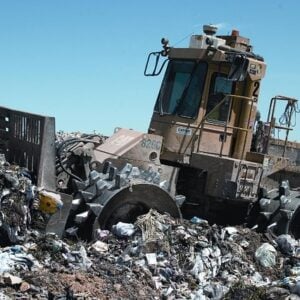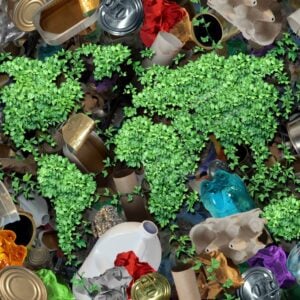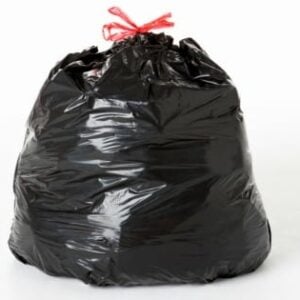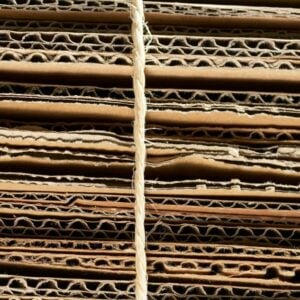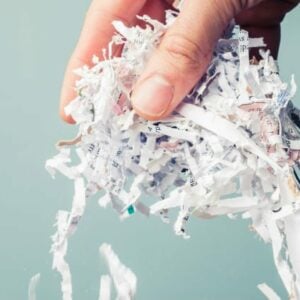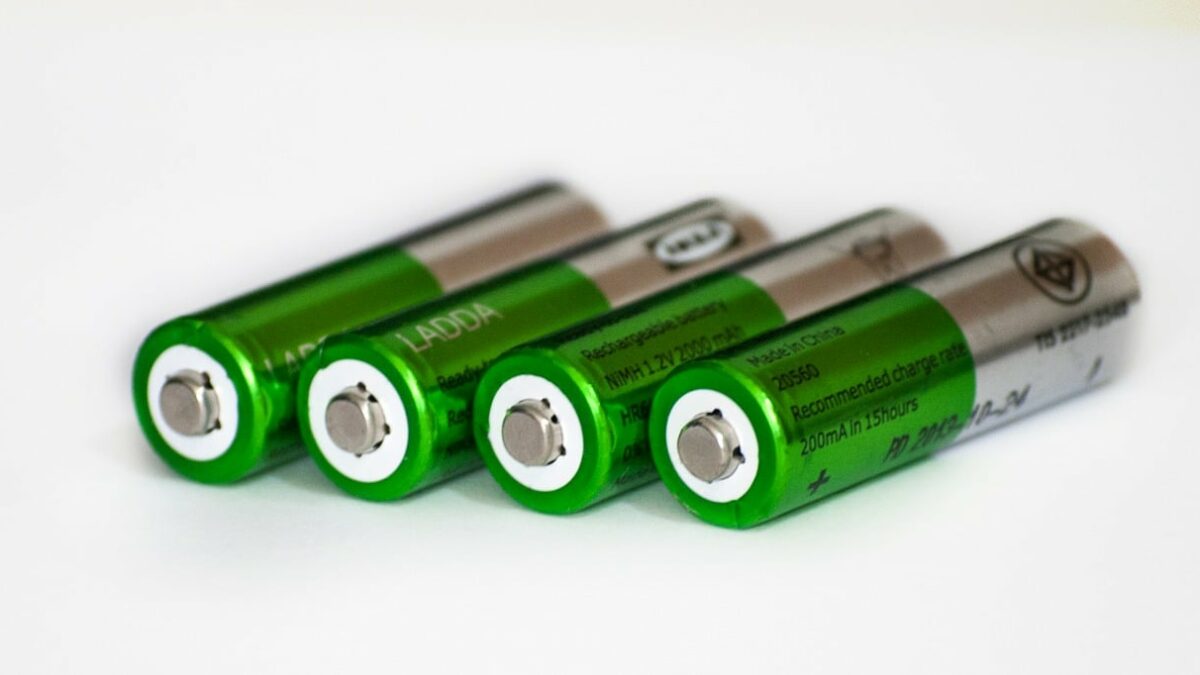
How To Recycle Batteries 🔋 – What To Do With Your Old Batteries
How To Recycle Batteries 🔋: Here at Waster, we always promote a zero-waste environment. In doing so, we make sure to bring you informative and up-to-date blog topics for you to learn more. Our blogs include topics like recycling, upcycling, waste disposal services etc.
In this blog, we will be tackling battery recycling. But first things first, let me ask you this… Did you know that batteries can be recycled? Let me discuss with you all the details about it.
>Download Now: Free PDF Business Owners Guide To Commingled Recycling Bin Services
A bit about Waster
Before we get further into the topic on battery recycling, let me first share with you Waster.

Waster is an innovative solution for your waste management and recycling needs. Instead of the usual lock-in contracts, Waster offers flexible, 30-day contracts.
Click on the blue button below to learn more.
Read more: See blog on mattress recycling.
How to recycle batteries: details you need to know
According to Wikipedia, “A battery is a device consisting of one or more electrochemical cells with external connections for powering electrical devices”.
Batteries are a part of our daily lives. Almost every gadgets and technology we have uses them for power. Additionally, this includes items like cellphones, cars, laptops, and many more.
But what happens if they die out? What do you do with them? Well, I suggest recycling as an option.
As a result, I will be pouring in the information I know about battery recycling.
The importance of battery recycling
Ah, one more type of e-waste we all have to deal with. Why is it so important to recycle batteries, anyway? I know some of you might be thinking that, obviously.
First of all, batteries are composed of toxic materials like lead, mercury, and acid. Put them in a landfill and all kinds of problems arise. The casing of a battery can disintegrate when improperly disposed of in a landfill, leaking out the toxic chemicals, as a result. Additionally, battery recycling prevents heave metal from reacting to rainwater, forming a toxic soup called leachate. It can get into the groundwater and contaminate it.
Second, it saves energy. The need for the production of new batteries would be decreased because of battery recycling. Third, it reduces greenhouse gas emissions that contribute to climate change. Last, but certainly not the least, it helps sustain the environment.
Different types of batteries and how to recycle them
First of all, there are three different types of battery. According to Battery Solutions, those three are household, industrial and vehicle batteries. Additionally, you can classify household batteries as either rechargeable or non- rechargeable. One more thing, we will break down how Battery Solutions recycle their collected batteries.
Let me enumerate some of them, and also state how to recycle them – courtesy of Battery Solutions.
Lead-acid batteries
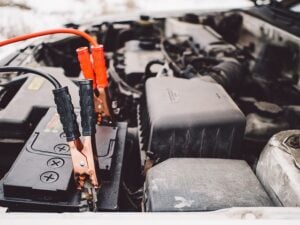
First on our list of battery recycling is the lead-acid battery. In order to recycle it, it is first smashed down in a hammer mill, which breaks the battery into teeny-tiny pieces.
The machine then sorts out the plastic (polypropylene), lead and metal composing it. The plastic floats and the lead and metal falls to the bottom. Additionally, they all go through a different recycling stream when sorted out. After all of that comes the processing and recycling part.
Plastic
The polypropylene acquired is first washed and blown dry to remove contaminants. Then, it is sent to a recycler where they melt it down into an almost liquid state. The recyclers then put the melted plastic through an extruder that produces small plastic pellets of the same size. After that, they manufacture the pellets into battery cases and the process starts again, therefore creating a cycle.
Lead
For all the lead parts, they are first cleaned and heated in a furnace. The recyclers then pour the melted lead into ingot moulds. After waiting for a few minutes, the contaminants float to the top of the melted lead in the ingot moulds. The moulds are then left to cool. After that, the ingots are removed and the moulds are then sent to battery manufacturers, where they’re re-melted and used in the creation of new batteries.
Acid
Last comes the acid part of the lead-acid battery. It can be handled in two ways: First, the recyclers neutralise the acid with a compound similar to the common baking soda. Neutralisation removes the acid and turns it into water. They then treat, clean, and test it in a wastewater treatment plant for standardisation. For the second way, the recyclers first process the acid and convert it into sodium sulphate, a white powder used in cleaning clothes, glass, and textile creation.
Alkaline batteries
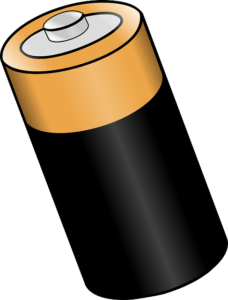
Next on our battery recycling list: Alkaline batteries.
Battery Solution also recycles alkaline batteries (AAA, AA, C, D, 9V, etc.). In alkaline battery recycling, they use a specialised separation process to recycle alkaline batteries. They are first separated into three materials: zinc, manganese concentrate, steel, and paper, plastic, and brass fractions. The recovered materials are then sent to market places where they will be sold.
Lithium-ion

Did you know that Australians, according to The Guardian, creates about 3,300 tonnes of lithium-ion battery waste a year? As a result, we should make sure to recycle lithium-ion batteries if we have the chance and as to not let them harm the environment.
In recycling it, the recyclers first put them in a mechanical process, specialised room temperature and oxygen-free. They then separate them into three products: cobalt and lithium salt concentrate, stainless steel, copper, aluminium, and plastic. After that, they are then put back on the market.
Nickel-cadmium

Before the recycling process, recyclers first separate the plastics from the metals. They then recycle the metals through a high-temperature metal reclamation process. After the process, they then return the metals and plastics, waiting to be reused in new products.
For more information on battery recycling, check out Battery Solution‘s guide to recycling batteries.
Read more: See blog on planned obsolescence.
How to recycle batteries: conclusion
Now that we’ve tackled ways on how to recycle batteries, you must already know how important recycling it is. We better make sure it does not go in landfill as it proves to be bad on the environment.
In Australia, great options for recycling batteries include Planet Ark. You can also drop off batteries for recycling at supermarkets including ALDI. Many waste processing centres will also take batteries at no charge.
Let us fight off e-waste pollution! Make sure to store them in order to avoid its hazardous materials from reacting and exploding.
Read more: See blog on clothes recycling.
Contact Waster today for your waste and recycling needs!
Are you a business in need of waste and recycling bin services?
If so, please call 1300 WASTER (1300 927 837). You can also email us at enquiries@waster.com.au if you have any further questions. Find the best deals in terms of waste and recycling pricing and services!
Leave a Reply Cancel reply

Product categories
Most Popular Posts
-
Commercial Waste Management Services: Reduce Waste Collection Costs! 🚍
-
Medical Waste Disposal: Everything You Need To Find Out In 2024! 💉
-
Rubbish Removal Sydney 2024: Better Bin Collections For Business ✅
-
Clinical Waste Disposal 2024: What To Know About Business Clinical Waste ⚕️
-
Secure Document Destruction 2024: All About Security Bins Shredding 🔒
-
Free Cardboard Recycling 2024: Can I Get Free Cardboard Collection? 📦
-
Confidential Paper Disposal Bins 2024: What You Need To Know About Shredding! 🔒
-
Recycling Bins Australia 2024: Recycling Can Boost Your Profits! ♲
-
Commercial Wheelie Bin Collection: What Businesses Need To Know In 2024 🗑️
-
Commingled Recycling 2024: Why Commingled Bin Is Key To Recycling 🍾




